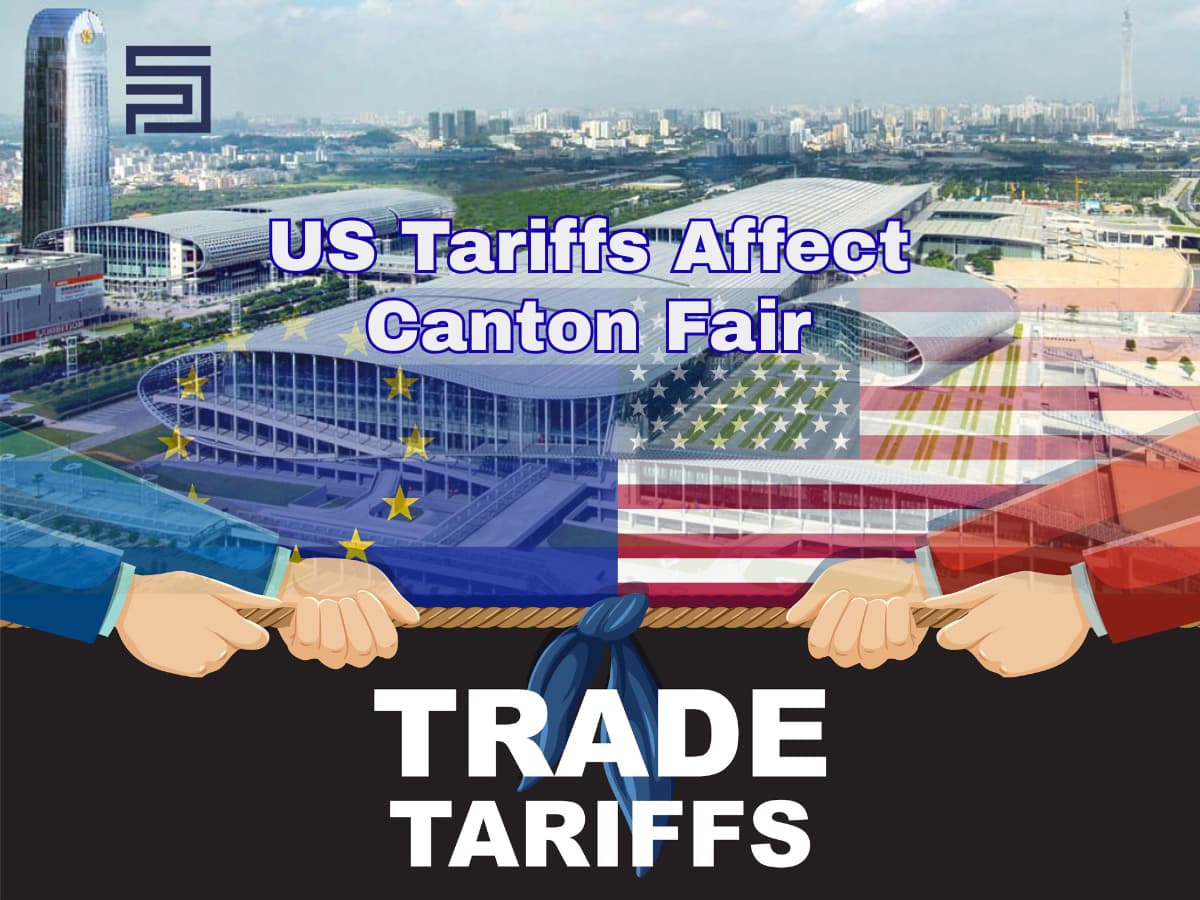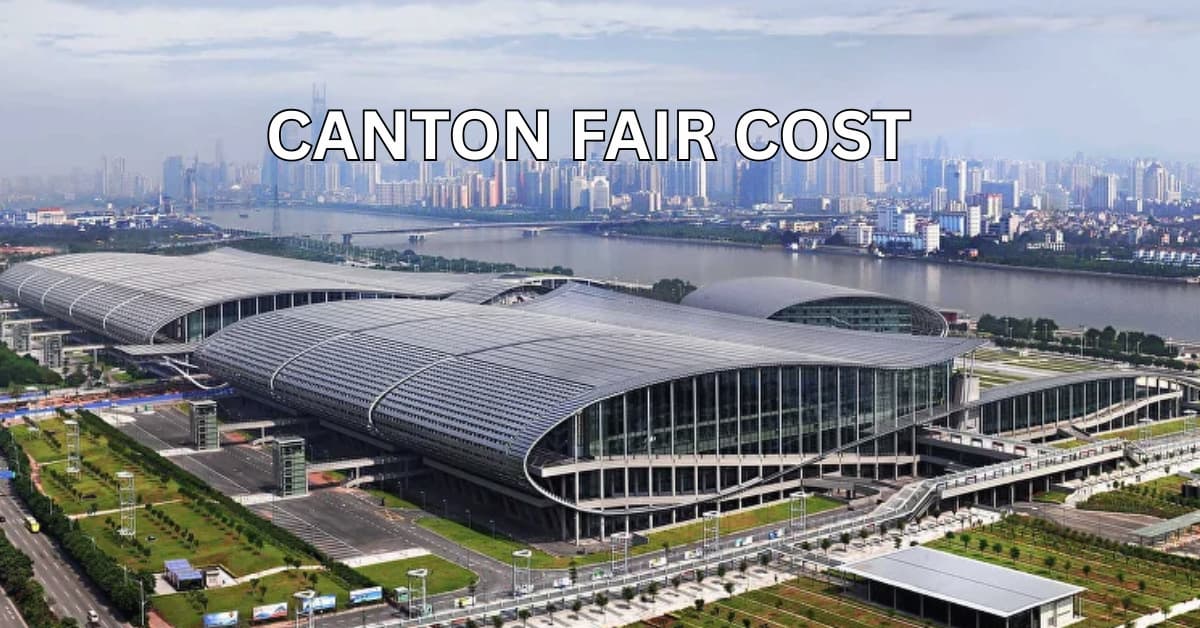Businesses require goods or services to function efficiently, and the method you use in procuring these goods or services depends on the nature of the commodities.
With a suitable procurement method, you can cut purchase costs and streamline the process while forging long-term partnerships with suitable suppliers.
This article is written to guide you in picking the right procurement method. To achieve that, I will walk you through the available options for procuring your goods and show how you can evaluate them based on your business size and needs.
Let's start with the procurement technique and options you have.
5 Best Procurement Methods Available
1. Direct Acquisition:
Direct acquisition is a method where a company directly acquires goods or services without involving a third-party agent or intermediary.
This requires the company to have a procurement team that is responsible for identifying the company's needs, prioritizing them, seeking the best supplier, negotiating the contracts, and making the purchase.
Applying this procurement method puts you in control of the entire procurement process, but this comes with its complexity and opens you to various risks regarding supplier selection, contract negotiation, and compliance management.
Direct acquisition is best used if you have the resources, expertise, and infrastructure to manage procurement internally; otherwise, you might face quality issues, delays, legal complications, or other challenges, especially in the global supply chain.
Who is Direct Acquisition best for:
Direct Acquisition is best for businesses with large resources to get the expertise and infrastructure required to manage procurement internally.
Pros of Direct Acquisition:
- Full control of the procurement process.
- A transparent view of the stages involved in purchasing your goods or services.
- Give room for customization and flexibility.
Cons of Direct Acquisition:
- It is resource-intensive.
- Limited access to a broader range of suppliers or markets compared to a third-party agent.
- It can be complex and time-consuming.
- Companies may face higher risks without the expertise or support of third-party agents.
2. Indirect Acquisition:
Indirect acquisition is a procurement method that involves engaging third-party agents or intermediaries to handle the procurement process on your behalf.
In this method, you leverage a third-party agent or broker's expertise, services, and connections to get the best out of the procurement process.
At SARA, we collaborate with you to efficiently procure goods locally in Nigeria and globally from any country. We identify potential suppliers from our wealth of connections, conduct market research, negotiate with suppliers, monitor the entire process, and attend to any legal documentation for international procurement.
Working with an agent simplifies the procurement process for you and saves time for your team.
Who is Indirect Acquisition best for:
The indirect acquisition method is best for businesses lacking the internal resources, in-house expertise, or time to manage procurement activities independently.
Pros of Indirect Acquisition:
- You get to save time and cost.
- Less risk is involved as we have over 20 years of experience in handling procurement needs.
- Indirect acquisition offers scalability and flexibility at any time.
- A third-party agent like SARA offers innovative solutions and best practices for the procurement process.
Cons of Indirect Acquisition:
- Less direct control of the procurement process.
- Full dependency on agents
- While an agent offers cost savings, their fees need to be considered.
How we mitigate these Cons at SARA:
- Effective communication at every stage to improve transparency.
- We monitor and track suppliers' performance delivery timelines, quality standards, and compliance with contractual obligations according to your demands or needs.
- We ensure the procurement lifecycle is cost-effective.
3. Request for proposals (RFPs):
As opposed to the direct and indirect acquisition method, where you actively seek suppliers internally or through a third party, Request for proposals shifts the focus, with suppliers actively seeking your business to propose how they can meet your needs.
In this procurement method, you announce your business needs on your website or through other channels and then solicit proposals from potential suppliers or service providers.
Request for proposal is commonly used in procuring services from service providers or contractors, but it can also be used to procure goods.
RFPs also promotes competition in the procurement lifecycle, giving you the opportunity to analyze all the suppliers' proposals and pick the best fit for your business.
Who is Request for Proposals best for?
Request for proposals is best for businesses with specific procurement needs for complex projects or services.
Pros of Request for Proposals:
- It offers a competitive environment to your advantage.
- You can tailor the RFPs requirements to suit their specific needs, preferences, and project objectives.
- It offers equal opportunity to all suppliers, making it unbiased.
Cons of Request for Proposals:
- Substantial paperwork arises as each supplier submits their proposals.
- It is time and resource-intensive.
- The quality of proposals submitted may vary, making effective comparisons challenging.
4. Request for Quotations (RFQs):
The method of requesting a quote works just like when you request for a proposal.
The only difference here is that the document submitted by suppliers is more focused on the cost of the products or services needed and basic terms from the supplier to aid comparisons and selection.
The procurement process in RFQs is simplified, and it is used majorly to settle straightforward procurement needs, and there is full knowledge of the exact business need.
Who is the Request for Quotation best for?
Request for quotation is best for businesses with straightforward procurement needs where specifications are well-defined, and the primary consideration is cost.
Pros of Request for Quotation:
- It requires less paperwork, hence a simplified procurement process.
- It provides a clear opportunity for cost comparison.
- It also offers a competitive environment to your advantage.
Cons of Request for Quotation:
- Some suppliers may be hesitant to respond to RFQs.
- There is a chance that suppliers may provide incomplete information in their quotations, leading to misunderstandings in the long run.
- Limited negotiation is involved.
5. Single Source:
A single source is a procurement method an organization uses when it wants to stick to one loyal source for its procurement.
Depending on your business size and resources, this procurement source could be a direct vendor or a third-party agent.
This is the fastest procurement method, removing the hustle of looking for a good supplier. You could also build a long-term relationship with an agent or supplier to consistently fulfill your business needs from a single source.
Want to give this procurement method a try? Contact us, and we could be the one source you need.
Who is the Single Source best for?
The single-source procurement method is best for businesses when there are urgent procurement needs that should be settled.
Pros of Single Source:
- This method offers simplified communication and coordination, which relies on the relationship with the supplier or agent.
- It is cost and time-saving.
- Minimal risk and paperwork.
- You can rely on the expertise and specialization of the agent/supplier.
Cons of Single Source:
- It is a non-competitive procurement method.
- It may raise concerns related to fairness, transparency, and regulatory compliance.
- There may be less incentive for the single-source supplier to innovate.
How To Choose The Right Procurement Method
After understanding the various procurement methods available, knowing how to choose the best for your specific needs is essential.
There is no one-fit-all-procurement method, so you must be aware of the factors to consider when picking a procurement method.
6 Factors To Consider in Procurement Method Selection.
1. Nature of goods or services being procured:
The complexity, standardization, criticality, customization, and regulatory considerations associated with the goods or services you procure can directly impact your procurement acquisition process.
For example, RFPs are best for complex needs, and RFQs are best for standardized needs.
Analyze your business needs and approach selecting a procurement method with it in need.
2. Urgency of the procurement needs:
Time-sensitive procurement needs require a quick procurement process, so you want to select a method that isn’t so complex but gets you through the procurement lifecycle as fast as possible.
Procurement methods you should consider using in situations like this are the single source and indirect acquisition methods. They are both time-saving and can come in handy in emergencies.
3. Budgetary constraints:
Financial limitations, cost considerations, and resource allocations will always affect your procurement decisions.
Hence, you need to select a procurement method that aligns with your financial objectives.
If you need a procurement method that helps you select a supplier based on cost, then you can try our Request for Quotation method.
4. Market dynamics and competition:
Your understanding of the market for the goods and services you need to procure is something you also need to consider in your selection process.
Do you know the characteristics of the supplier landscape? Are you aware of the price volatility? Is there a market trend that affects the supply of that commodity?
If you can't answer some of these questions, then go for the indirect acquisition method, where you can leverage the expertise of an agent at SARA to navigate the market dynamic, both local and international.
5. Risk tolerance and risk management:
When selecting a procurement method, you need to conduct comprehensive risk assessments to identify and evaluate potential risks associated with procurement activities.
Is your business willing to accept or tolerate the risk? If yes, then a direct acquisition method is best. If not, go with the indirect acquisition method to mitigate the risks.
6. Legal and contractual considerations:
Procuring certain commodities has legal and regulatory frameworks governing them locally and internationally. You need to be aware of these laws, regulations, and contractual requirements and ensure compliance.
If you need an extra hand in managing these legal requirements efficiently, use the indirect acquisition method, where an agent helps you with customs clearance and other legal processes in the procurement process.
Procure Your Goods With SARA Giving The Indirect Procurement a Trial
Addressing your procurement needs is important, but how you settle it is also essential.
Having gone through the various procurement methods available, we believe you've identified a suitable method you want to use to select your business needs now.
We recognize that selecting a procurement method is just the beginning, and you might need help in other stages of the procurement lifecycle.
At SARA Procurement Services LTD, we have several procurement experts who can help you handle your challenges, from procuring to freight forwarding to logistics and more.
Contact us with your procurement needs, and we take over from there.






Comments
Please log in to leave a comment.